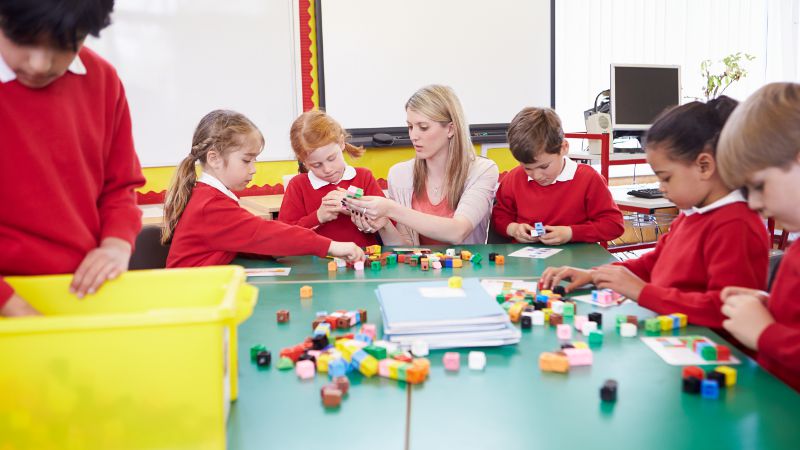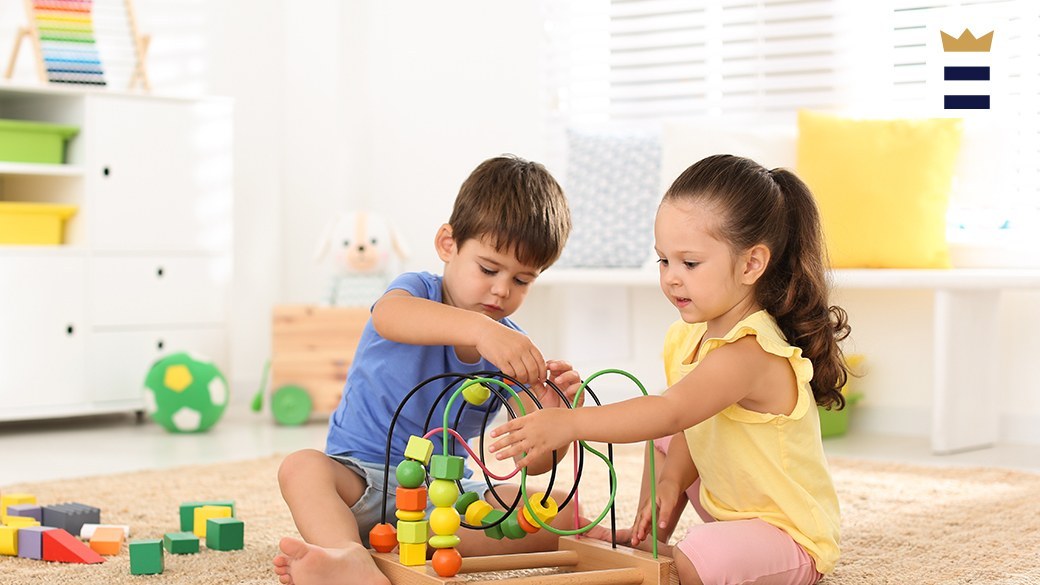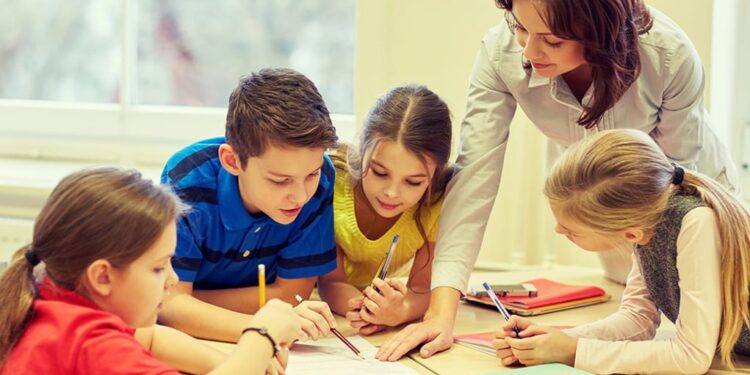1. Introduction: The traditional one-size-fits-all approach to education is no longer sufficient for today’s diverse student population. Every student has unique strengths, weaknesses, learning styles, and preferences that can impact their ability to learn effectively. Personalise learning is a solution to address these differences and meet the individual needs of every student.
Personalised learning tailors education to the individual needs of each student. This means that learning is no longer dictated by a rigid curriculum, instead, each student’s learning experience is tailored to their unique needs and abilities. In this article, we will explore what personalise learning is, its importance, strategies for implementing it, educational technology and challenges to its implementation.

Table of Contents:
- Introduction
- What is Personalised Learning?
- The Importance of Personalise Learning
- Strategies for Implementing Personalise Learning
- Educational Technology and Personalise Learning
- Challenges to Implementing Personalise Learning
- Frequently Asked Questions
- Conclusion
2. What is Personalised Learning?
Personalised learning is a student-centred approach to education that focuses on tailoring learning experiences to meet the unique needs and preferences of each student. It involves using a variety of strategies, such as differentiated instruction, adaptive learning, and student-centred learning, to create a learning experience that meets the individual needs of every student.
Personalised learning is not a one-size-fits-all approach to education. Instead, it recognises that every student has unique strengths, weaknesses, learning styles, and preferences that can impact their ability to learn effectively. Personalised learning aims to create a learning environment that meets the individual needs of every student and provides them with the support they need to succeed.
3. The Importance of Personalised Learning:
Personalised learning is essential for ensuring that every student receives the education they need to succeed. It recognises that students have different learning styles, abilities, and preferences and tailors education to meet these needs.
Personalise learning allows students to take an active role in their learning and provides them with the opportunity to pursue their interests and passions. This can increase student engagement and motivation and can lead to improved learning outcomes.
Moreover, personalise learning can be especially beneficial for students who may be struggling with traditional classroom instruction. It allows educators to identify and address individual learning needs and provide targeted support to students who may be struggling. Personalise learning can help to close the achievement gap and ensure that every student has the opportunity to succeed.
4. Strategies for Implementing Personalised Learning:
Implementing personalise learning can be challenging, but there are several strategies that educators can use to create a personalise learning environment.
-
Student Needs Analysis:
The first step in implementing personalise learning is to conduct a student needs analysis. This involves assessing each student’s strengths, weaknesses, learning styles, and preferences to identify their individual learning needs. This information can then be used to develop personalised learning plans that meet the unique needs of each student.
-
Curriculum Design:
Personalised learning requires a shift away from a rigid, one-size-fits-all curriculum to a curriculum that is flexible and adaptable to meet the needs of each student. Educators can use curriculum mapping and learning outcomes to develop personalise learning plans that align with individual student needs and learning objectives.
-
Learning Paths:
Learning paths are individualised learning plans that are designed to meet the unique needs of each student. They allow students to progress at their own pace and provide them with the opportunity to pursue their interests and passions. Learning paths can be created using a variety of tools, such as adaptive learning software and project
-
Adaptive Learning:
Adaptive learning uses technology to personalis learning experiences. It involves using algorithms to track a student’s progress and adapt the learning experience to meet their individual needs. Adaptive learning can help to identify areas where students may be struggling and provide targeted support to help them overcome these challenges.
-
Differentiated Instruction:
Differentiated instruction involves tailoring instruction to meet the diverse learning needs of students. Educators can use a variety of strategies, such as tiered assignments and flexible grouping, to provide targeted instruction that meets the needs of each student. This can help to ensure that every student is challenged and engaged in their learning.
-
Student-Centred Learning:
Student-centred learning places the focus on the student, rather than the teacher. It involves providing students with the opportunity to take an active role in their learning and pursue their interests and passions. Student-centred learning can increase student engagement and motivation and lead to improved learning outcomes.
5. Educational Technology and Personalised Learning:
Educational technology can play a significant role in learning. It can be used to provide students with personalise learning experiences and track their progress. Educational technology can also help to provide targeted support to students who may be struggling and provide them with the resources they need to succeed.
Several educational technology tools can be used to support personalise learning, such as learning management systems, adaptive learning software, and digital textbooks. These tools can help to create a personalise learning environment that meets the individual needs of each student.
6. Challenges to Implementing Personalised Learning:
Implementing personalise learning can be challenging, and there are several obstacles that educators may face. One of the most significant challenges is the need for professional development. Educators need to be trained in the strategies and tools used in personalise learning to ensure that they can effectively implement it in their classrooms.
Another challenge is the need for technology infrastructure. Learning often requires the use of technology, and schools need to have the resources to support this technology. Schools need to ensure that they have the necessary hardware, software, and internet connectivity to support personalised learning.
7. Frequently Asked Questions:
Q1. What is the difference between personalised learning and traditional classroom instruction?
A: Traditional classroom instruction involves a one-size-fits-all approach to education, where all students receive the same instruction. Personalise learning tailors instruction to meet the individual needs of each student.
Q2. How does personalised learning improve learning outcomes?
A: Personalise learning provides targeted support to students who may be struggling and allows students to pursue their interests and passions. This can increase student engagement and motivation and lead to improved learning outcomes.
Q3. What role does technology play in personalised learning?
A: Technology can be used to provide learning experiences and track student progress. It can also provide targeted support to students who may be struggling.

Conclusion:
Personalise learning is an essential approach to education that recognises the unique needs and preferences of each student. It provides targeted support to students who may be struggling and allows students to take an active role in their learning. Strategies for implementing personalised learning include student needs analysis, curriculum design, learning paths, adaptive learning, differentiated instruction, and student-centred learning.
Educational technology can also play a significant role in personalise learning. While there are challenges to implementing personalise learning, it is an essential approach to education that can help to ensure that every student has the opportunity to succeed.









